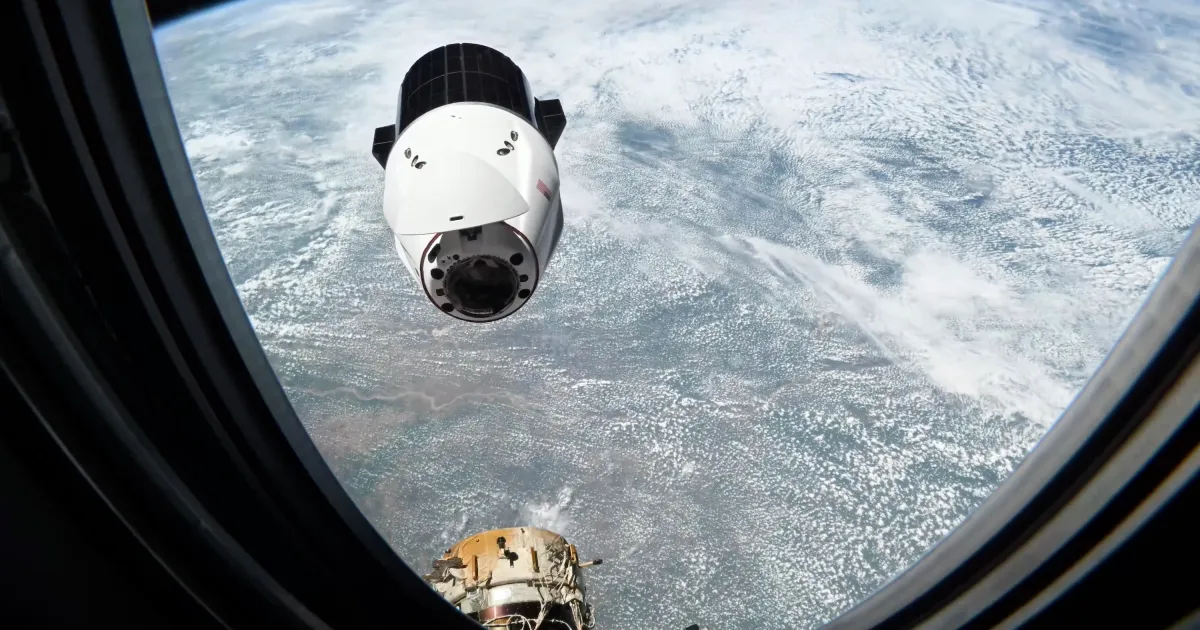
NASA astronaut Jonny Kim has shared a time-lapse video (below) showing the recent arrival of a SpaceX Cargo Dragon spacecraft at the International Space Station (ISS).
Kim captured the footage through the window of another SpaceX vehicle — a Crew Dragon that brought the Crew-11 astronauts with it in August.
The NASA astronaut used a Nikon Z9 camera with a 15mm lens, shooting at ISO 1000, f/1.8, 1/500s. Kim later put the images together to create the time-lapse sequence, which he posted on X on Monday.
Presenting events at a faster speed than real time, Kim’s time lapse shows the Cargo Dragon edging toward the docking port. With the ISS orbiting Earth at about 17,500 mph (28,164 kph), the SpaceX spacecraft had to reach exactly the same speed for a perfect rendezvous some 250 miles above Earth.
The SpaceX CRS-33 Dragon docked at the space station’s Node 2 forward port a day after launching on aboard a SpaceX Falcon 9 rocket from Cape Canaveral, Florida, on August 24.
Although the docking was performed autonomously, NASA astronauts aboard the ISS were on hand to monitor the Cargo Dragon’s arrival and to provide manual override if necessary.
Dockings at the space station usually run without a hitch, but there have been occasional difficulties. In 2019, for example, an uncrewed Russian Soyuz MS-14 spacecraft failed to dock automatically due to issues with its radar system. A few days later, a second attempt ended in success.
And more recently, in June 2024, Boeing’s Starliner spacecraft carrying two astronauts experienced multiple thruster failures during its approach to the ISS, causing an aborted docking attempt before successfully connecting a short while later.
As part of regular deliveries, SpaceX’s Cargo Dragon spacecraft brought with it 5,000 pounds of supplies, including food and research equipment.
The spacecraft will remain docked at the orbital outpost for about four months before returning home with science research and hardware.



